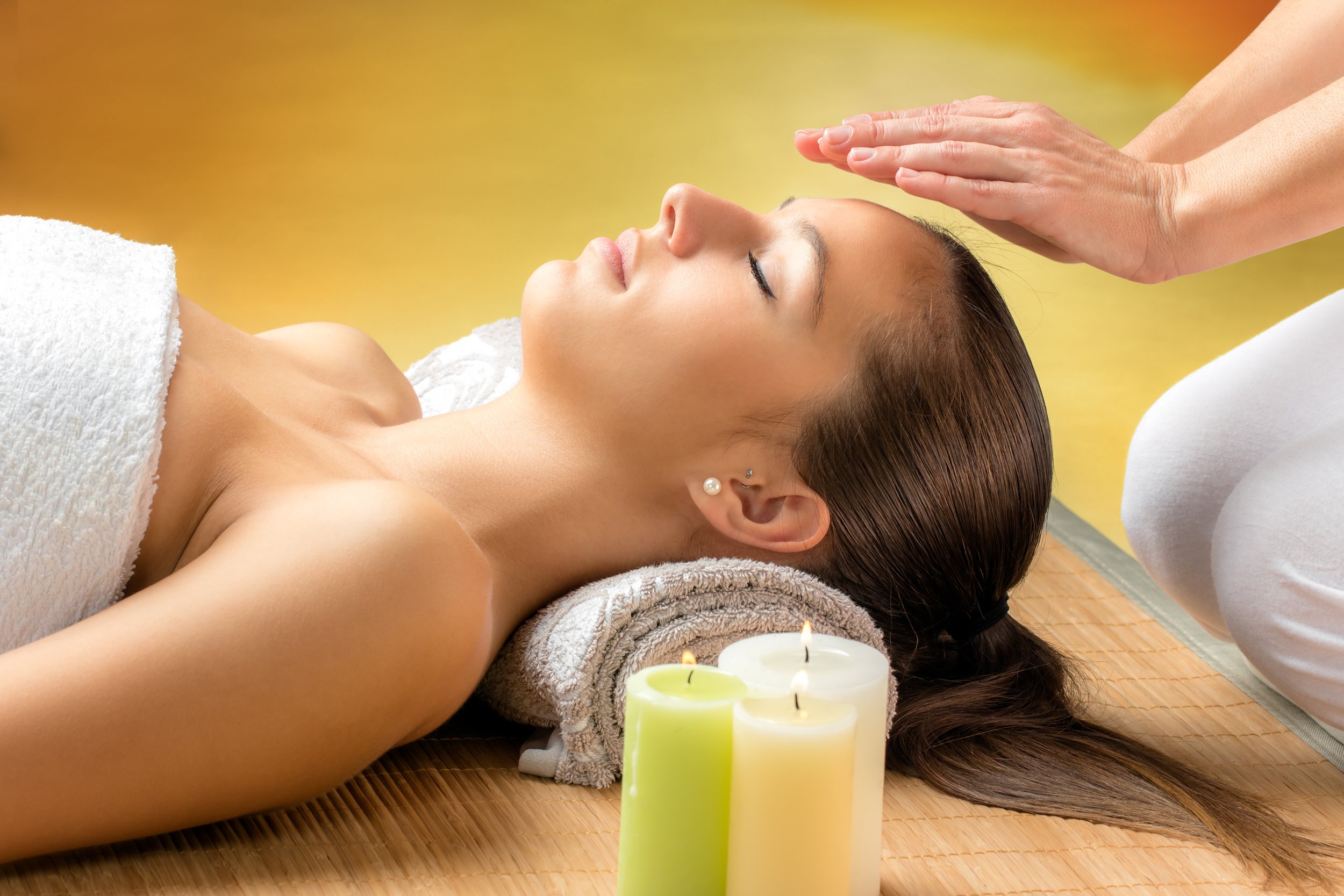What is ASMR?
ASMR stands for ‘autonomous sensory meridian response.’ It describes the sensation some people experience in response to certain auditory and visual stimuli (triggers) such as:
• whispering or speaking softly,
• tapping, scratching, or crinkling sounds,
• personal attention such as applying make-up or brushing hair,
• slow hand movements such as turning the pages of a book or stroking fabric.
Some people who experience ASMR say they feel a pleasant tingling sensation that starts on their head and moves down the back of their neck, across their shoulders, and sometimes to the rest of their body. Others describe it as a calm feeling that washes over them, starting on the scalp and gradually moving downwards.
Advocates claim that it can improve mood, reduce stress and anxiety, relieve chronic pain, increase focus, and aid sleep. Many will have experienced ASMR since early childhood, but assumed it to be a personal quirk. Its recent transformation into a phenomenon owes much to the emergence of social media platforms. These platforms not only provide people with the opportunity to openly discuss their experiences, they also provide the means by which content creators are able to share their videos with the ASMR community. These videos, which number in their tens of millions, are now a popular destination on all social media platforms, and are ultimately what propelled ASMR into the mainstream consciousness.
Research into ASMR has been scarce, with just a handful of peer-reviewed studies so far. But with an estimated 20% of the population having a response to some type of ASMR trigger, interest in the phenomenon is growing. What was once considered a little strange, is now being taken seriously.
So what’s going on? Preliminary research using magnetic resonance imaging suggests that the brains of people experiencing ASMR show spikes in neural activity in the same sensory pathways of the brain activated when they experience elation on hearing a particular piece of music or a shiver of delight when seeing something aesthetically pleasing. However, whereas the frisson induced by music raises the heart rate and respiration - ASMR participants’ heart rates and breathing does the opposite and slows down, as occurs when practicing relaxation techniques such as meditation and yoga.
This may be explained by another study in which researchers observed significant activation in the brain regions associated with affiliative behaviours of people experiencing ASMR. Affiliative behaviours are the care-giving and grooming behaviours which naturally occur between close family members and friends, and are known to produce feelings of calm, relaxation, and improved mood - all of which are commonly attributed to ASMR.
Although these findings need to be replicated in larger, more rigorous studies, there is now some evidence for what was until recently, a purely anecdotal phenomenon. Only time will tell if ASMR has the potential to become a therapeutic tool that can be employed by clinicians.
For more useful information, see the following research reports here and here, and if you’d like to try ASMR for yourself, just search ‘ASMR’ on YouTube.
Thank you for reading this blog post. If you have any thoughts to share, or ideas for future posts, please do let me know. I would love to hear from you.


